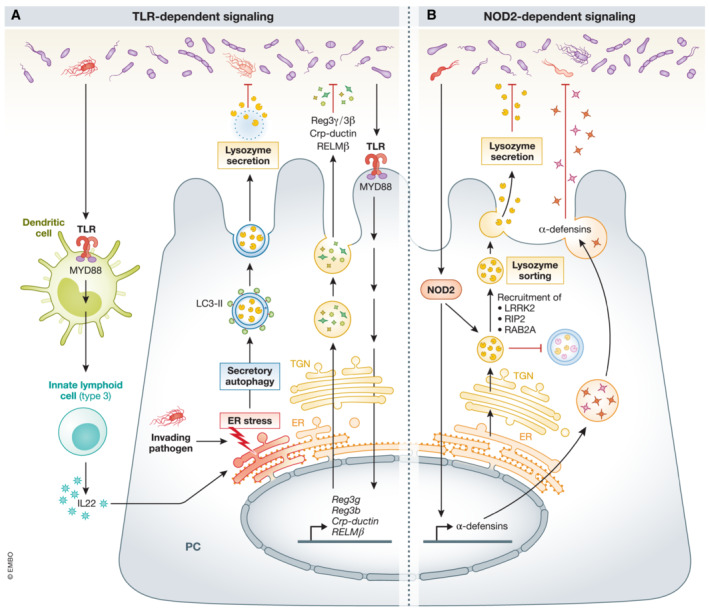Figure 2. Bacterial stimulation of AMP expression and release in PCs.

(A) Intestinal bacteria can communicate directly with PCs via a PC‐autonomous TLR‐MYD88 pathway. This triggers the production and secretion of AMPs (measured in PCs by laser capture microdissection). There is also evidence for indirect extrinsic MyD88 bacterial signaling to activate the secretion of LYZ in PCs: S. typhimurium can stimulate dendritic cells via TLR‐MYD88 signaling, leading to IL22 production in innate lymphoid cells (type 3). IL22, together with invading S. typhimurium in the PC, induce ER stress in these cells, leading to secretory autophagy. The LYZ‐containing secretory autophagosomes have the typical features of an autophagosome, namely, a double membrane labeled with LC3. However, instead of fusing with lysosomes, these LYZ‐containing autophagosomes are released in the lumen of the small intestine. (B) Intestinal bacteria can stimulate NOD2 and increase α‐defensins production and secretion. Bacterial NOD2 activation can also lead to the recruitment of LRRK2, RIP2, and RAB2A onto the surface of DCSGs which coordinate lysozyme sorting.
